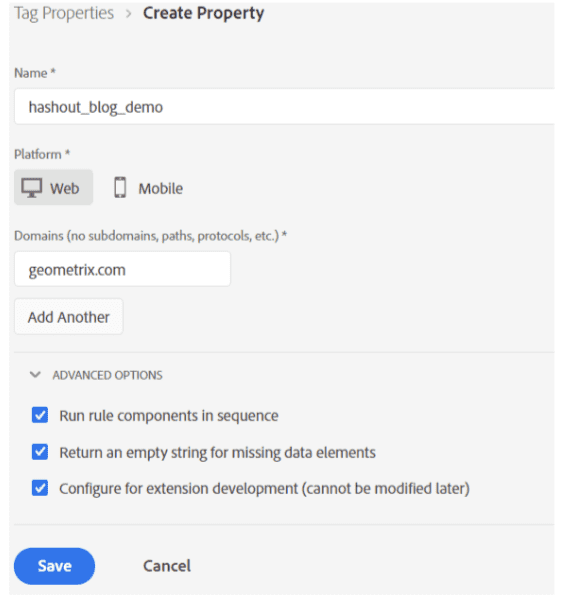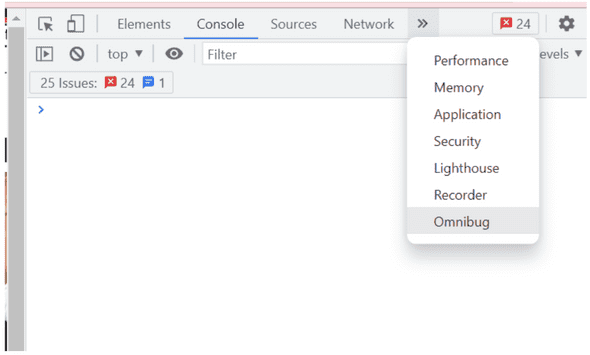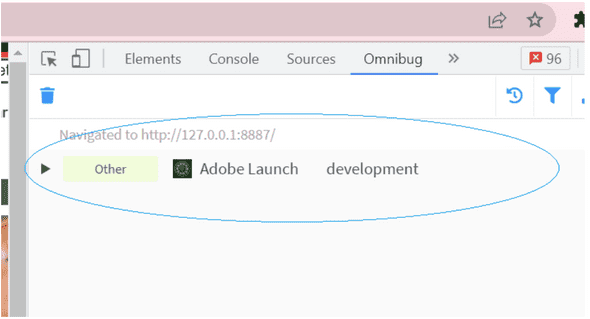Part 2 - Getting started with Adobe Analytics - tagging website using Adobe Launch
In part 1 of this series, we created a demo report suite. We also discussed basic Launch terminologies. Let’s dive in and tag our website using Launch.
Login to experience.adobe.com and go to Data collection( aka Launch)
Creating new property
Click on New Property.
Enter the required details using the below screenshot as reference. The domain name entered here does not matter, as long as the format is valid.
Save the newly created property.
Adding a working library
Open the property and click on Environments.
You will see three environments by default. Production, Staging and Development.
Click on “Select a Working Library” and add the library. Choose Environment as Development. Click Save & Build to Development.
Finding the script tag
Go back to Environments and click on the INSTALL icon against “Development”. This gives us the script tag to be embedded into the html of the website.
Copy the script tag.
Adding script tag to the html code
At this point, the developer needs to insert the tag into the html code. This will be the one and only line of Launch code that goes into the html. Any tagging you do using Launch will be part of the javascript whose name you have inserted in the html.
Open the Geometrix site’s index.html in a code editor and place the copied script tag just below the data layer.
We will be referencing the elements from the data layer in our launch variables. Hence it is important that the script tag is placed after the data layer is loaded.
For this demo site, script tag has to be added to every page of the website. However, in most modern web technologies, adding in one place will do the trick.
Running the website
Now run your website. We have used Web server for Chrome for the same.
Open Omnibug from the developer console.
Refresh your website. If you see the details same as in the below screenshot, Adobe Launch is now linked to your website.
If you have added the script tag only to the index page, you will find Adobe Launch only when you refresh the home page. If you have added it to other pages as well, you will find Adobe Launch while navigating to those pages too.
Now we have successfully tagged the website using Adobe Launch.
In the next blog, we will learn how to capture some basic data in Adobe Analytics using launch.
Related Articles
Part 1 - Getting started with Adobe Analytics - Terminologies and Report Suite creation
Part 3 - Getting started with Adobe Analytics - capturing data using Adobe Launch
Implementing Adobe Analytics for Gatsby site









